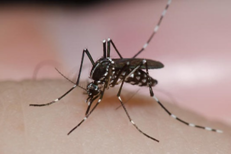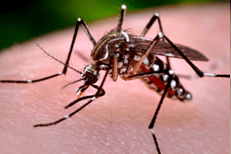Chikungunya


Chikungunya virus (ChikV) (chik-un-GOON-ya) is transmitted by mosquitoes and causes joint pain and severe arthritis. It’s not normally fatal, but is extremely painful and symptoms can last for weeks or even months. In elderly people with compromised health, it can be a contributing factor to fatality.


What Should Mosquito Professionals Do?
